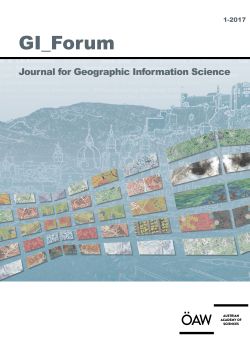
GI_Forum 2017, Volume 5, Issue 1, pp. 79-92, 2017/06/30
Journal for Geographic Information Science

The Urban Heat Island (UHI) effect describes the difference in temperature between cities and their surrounding areas. However, temperature differences within city limits, so-called Intra-Urban Heat Islands (IUHI), affect human health as well as the energy demands in local areas. In order to anticipate and mitigate the resulting impacts of heat through urban planning, a method to reliably detect these local areas is needed. Existing methods from the geo-statistical field can identify these areas. But these statistics, depending on their parametrization, can be unstable in their detection of hotspots, in particular temperature hotspots. In this paper, we propose a modification of the well-known Getis-Ord (G∗) statistic, called the Focal G∗ statistic. This modification replaces the computation of the global mean and standard deviation with their focal counterparts. We define the stability of our approach by introducing a stability metric called Stability of Hotspot (SoH), which requires that hotspots have to be in similar areas regardless of the chosen weight matrix. The results are evaluated on real-world temperature data for the city of Karlsruhe.
Keywords: Urban Heat Island, Intra-Urban Heat Island, Hotspot Analysis, Stability Metric